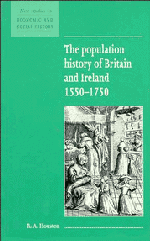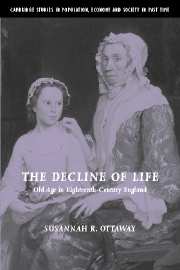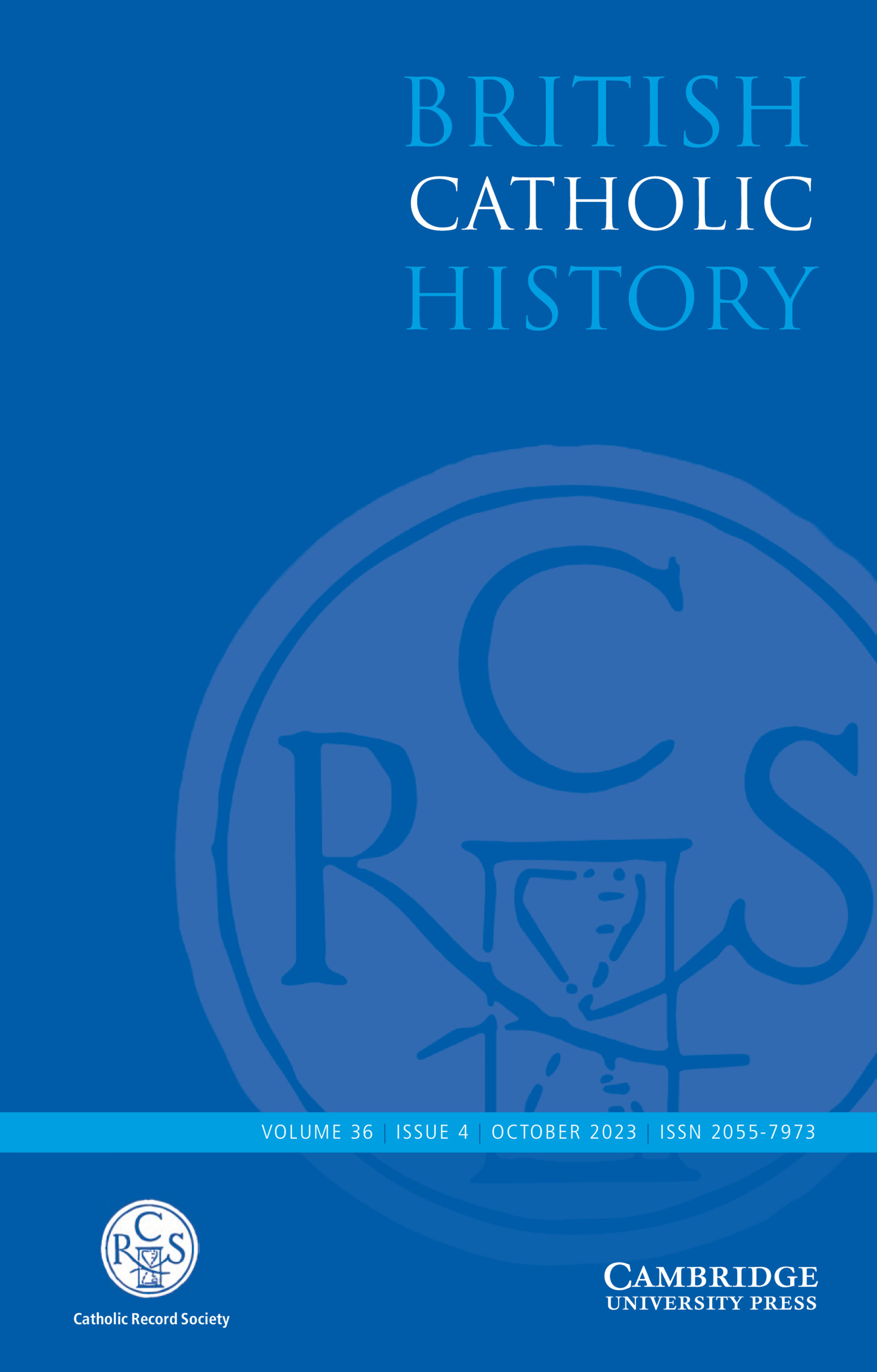The Population of Britain in the Nineteenth Century
This book provides a clear interpretation of the causes of demographic change in the nineteenth century. This critical period followed the demise of the old pre-industrial population regime (often associated with Malthus's Principle of Population) and the changes that occurred at this time led to the modern twentieth-century pattern in which both fertility and mortality rates are particularly low. The author combines an examination of migration, marriage patterns, fertility and mortality with a guide to the sources of population data available to historians and demographers. Illustrated with tables and figures, this book is the only available summary of this field for students. It includes a detailed bibliography for those wishing to pursue the subject further.
- This is the only book which provides a brief summary of this subject for students
- Cambridge University Press edition updated to include publications up to 1995
- Illustrated with tables and figures, and a select bibliography provided
Product details
September 1995Paperback
9780521557740
88 pages
216 × 140 × 5 mm
0.118kg
7 b/w illus. 9 tables
Available
Table of Contents
- List of figures
- List of tables
- Author's preface
- 1. Malthus's Britain
- 2. What do we know and how do we know it?
- 3. Whether to move and where to go
- 4. Marriage
- 5. How many children should we have?
- 6. Mortality
- 7. 1911
- Glossary of demographic terms
- Select bibliography
- Index.







